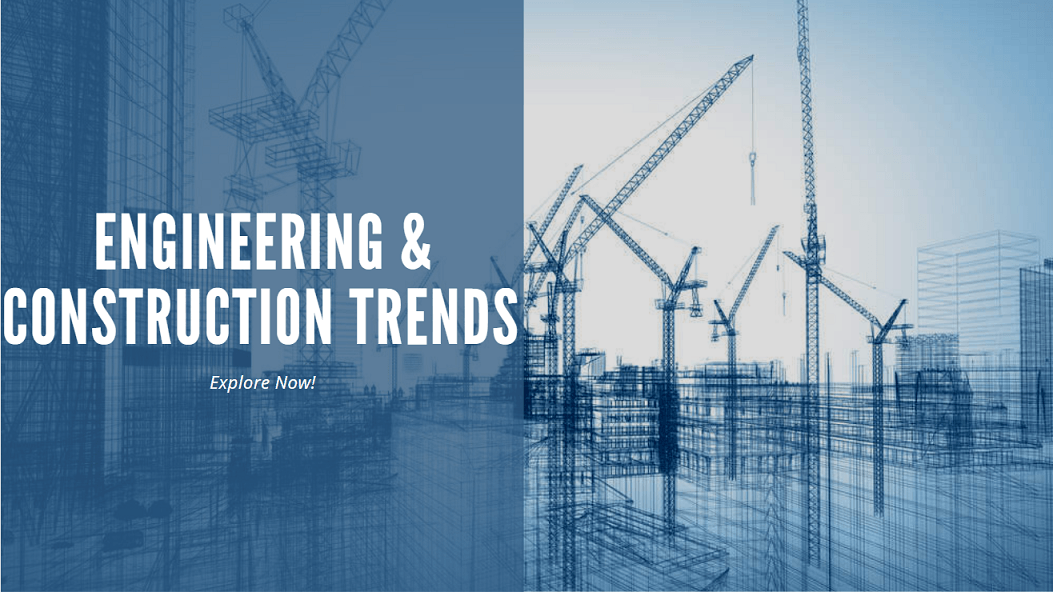Engineering & Construction Trends for 2022

Innovations are not just limited to newly discovered construction materials such as the latest best access doors out in the market, but there is more to find annually. The construction industry is still continuously progressing throughout the years, despite the problems that may occur yearly. These unwanted instances also pose a potential inspiration for new developments and mechanisms that can help the construction industry have a safer and more convenient process.
The 2020 stagnation was among the shortest ever, but its impact continues to be observed worldwide. As we upgrade into the second year of recovery from the global pandemic, the industry will significantly support the nation’s growth plan.
As the market shifts and the industry becomes more competitive, achieving these construction trends will prove valuable for any construction firm. Read on for the must-watch construction industry trends for 2022 to help you be updated.
1. Protective Equipment
The pandemic drastically impacted the construction industry, affecting construction site guidelines through updated state regulations emphasizing cleanliness and strict safety protocols. This includes maximized union influence on site, which can potentially add to the time and total cost of the project. They are also developing machines capable of identifying typical safety issues that need to be addressed.
Furthermore, wearable innovations are also seen on job sites. Examples of these are work boots that can connect to the Wi-Fi and alert others if a person is hurt or off-site. Material-moving robots transport heavy or hazardous materials and task robots construct scaffolding or lay bricks autonomously.
2. Smart Contracts
This innovation offers all organizations in a project a specified system that personnel can access within the project to do business. This system allows them to buy, track, and pay for different construction services. This is most convenient than the traditional method of getting contracts and tracking deliverables from various parties. Firms can now utilize smart contacts as an all-in-one tracking system where rules and deadlines are set and the blockchain enforces them.
This innovation offers all organizations in a project a specified system that personnel can access within the project to do business. This system allows them to buy, track, and pay for different construction services. This is most convenient than the traditional method of getting contracts and tracking deliverables from various parties. Firms can now utilize smart contacts as an all-in-one tracking system where rules and deadlines are set and the blockchain enforces them.
3. Construction Drones
Today’s drones rapidly locate large areas over long distances, producing convenient aerial heat maps and images. This advancing drone software provides real-time data that you can use for rapid decision-making and further monitoring the entire construction process. Drone use in the construction industry is one of the fastest-growing trends. The technology offers far more than aerial photography for real estate and commercial efforts.
4. Augmented Reality
AR means efficient project staging and making preconstruction projects tangible for buyers and tenants on the client front.
For developers and builders, AR assists the use of wearable technology and 360-degree video to enable 3D visualization of tentative projects on the planned site. It also allows automated measuring of buildings and structures and a quick and affordable simulation of architectural and structural changes.
5. Building Information Modeling
The building information modeling technology helps industry leaders stand out with improved functionality. BIM allows authorized personnel to generate computer renderings of the building structure and utilities. The convenience of sharing data and managing these models can allow superior prefabrication of parts, which will result in on-time and accurate completion of the project.
6. Green Construction
Nowadays, green construction is the expected standard for homebuyers, commercial tenants, and renters. Green construction allows the technology to lower a building’s carbon footprint while utilizing eco-friendly alternative resources to reduce energy costs. Unfortunately, many sustainable and eco-friendly features remain a luxury despite their long-term savings. But not to worry, because this will change over the next decade as Ecotech and sustainable construction will become more in demand.
Being aware of the latest technological trends in the construction industry will help you be up to date with the latest innovations that can potentially help your business achieve more remarkable results. Be sure you do more research before investing in certain things so you wouldn’t have to deal with any loss on your end.
